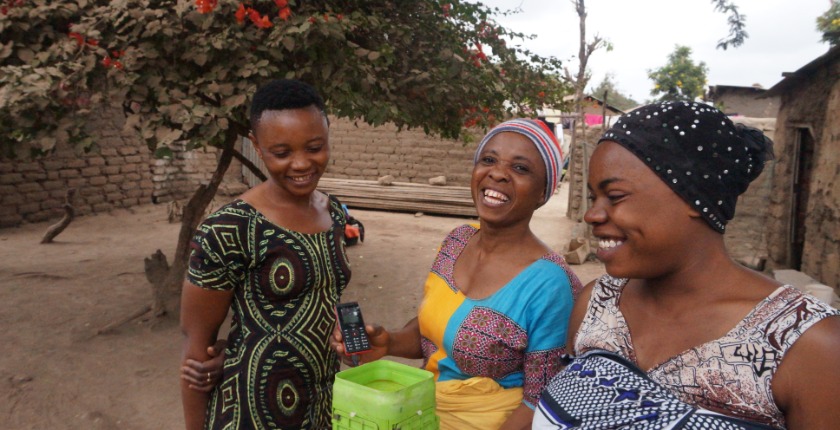1000 Solutions - December 4, 2018
hiLyte, iron batteries bringing clean and affordable electricity to all


Written by Tristan Lebleu
In the clean energy transition, there are many approaches. Large scale complex initiatives are absolutely necessary. But there’s also a strong and urgent need for easy to deploy, cheap and simple projects like hiLyte’s innovative battery.
The figures are absolutely staggering: over 1 billion people still lack access to electricity, according to the International Energy Agency, and over 600 million of them live in Africa. For most of them, the easiest way to access this basic need is by using kerosene lamps, which poses many threats as they are:
- Polluting: an average kerosene lamp emits 340kg of CO₂ emissions a year;
- Flammable: kerosene is very dangerous as it is extremely flammable. Every year, millions of people suffer from fires, explosions, or burns from using kerosene lamps;
- Poisonous: inhaling kerosene’s toxic fumes during one day is as bad as smoking two packs of cigarettes;
- Expensive: according to Solar Aid, families spend up to 15% of their household income on kerosene, “locking them in a cycle of poverty”
Briac Barthes, the cofounder of hiLyte, had a simple idea in mind: provide cheap clean energy for people who still use kerosene for lighting and charging. Former engineer from EPFL, Briac’s battery uses iron, paper, and iron salt and through the chemical reaction of these different elements together, produces electricity. The battery’s simple plastic design makes it very affordable. As for the iron, it is very abundant and therefore very cheap. Without any toxic components, the solution can be poured in the ground, having a minimal impact on the environment or for the people around. hiLyte batteries can charge phones or provide light for up to 5 hours.
Even though it is difficult to measure with much precision, it is unanimously observed that phones are key to economic development for low income individuals. According to a study by academics from MIT, “by gaining access to M-Pesa, Kenya’s mobile-money service, 2% of Kenyan households were lifted out of poverty between 2008 and 2014”. A 2016 article by the Guardian states that “mobile phones will account for almost one-tenth of African GDP by the end of the decade, as mobile broadband connections triple in five years, underlining how the explosive growth in the telecoms industry is having a major economic, social and political impact on the continent”.
While measuring the impact of four batteries on the field, in Tanzania, hiLyte has saved 44Kg of CO₂ emissions. But it's more than just figures. Briac Barthes recalls from his field trip to Tanzania: “before they had our solution, some kids had to stop studying as soon as the sun went down. Now with hiLyte’s battery they can study at night if they wish. And education is the best way to get out of poverty”.

Written by Tristan Lebleu on December 4, 2018
